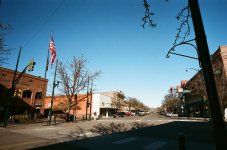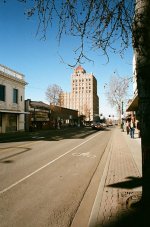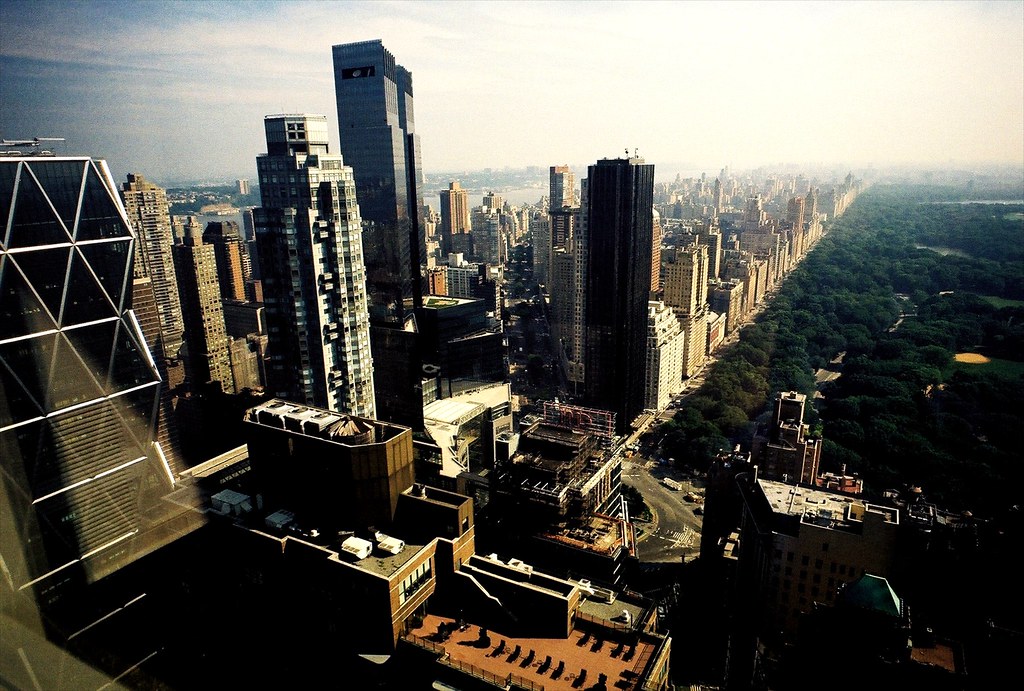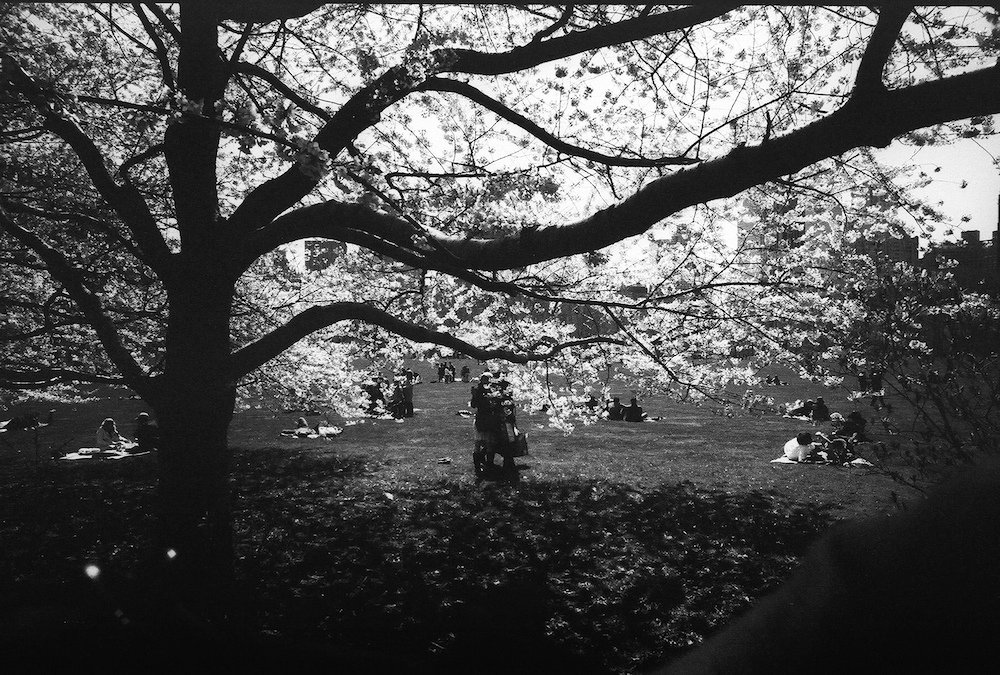There are three separate issues here.
First, true distortion ('pincushion' or 'barrel', according to whether straight lines near the edge of the frame are 'sucked in' or 'blown out'). Biogons (the f/4.5 models) are generally reckoned to be the winner. I don't really see this in your pics.
Second, converging/diverging verticals. These are caused by departures from holding the camera dead level. All suffer from this to the same extent. This is quite marked in your pics.
Third, something I was taught to refer to as 'true wide-angle distortion', where, for example, spheres are stretched into ovals. This is especially distressing when it happens to people's heads. As far as I know, most wide-angles suffer about equally from this, though optical designs may have some effect. Some people take exception to the term 'true wide angle distortion', but regardless of what you call it, it exists, and it 'stretches' things near the sides of the image. I don't really see this in your pics either.
Cheers,
R.









